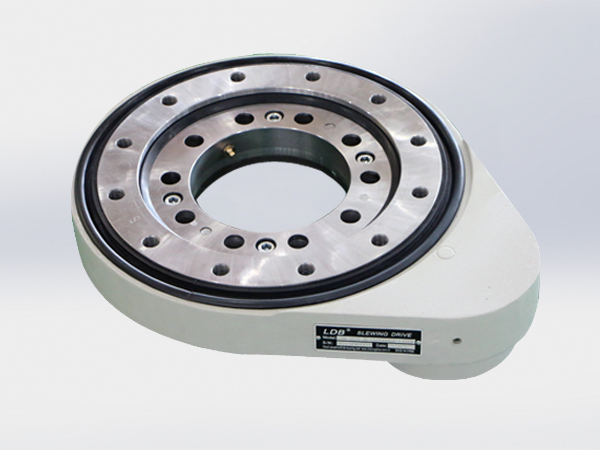Process flow and processing method of spur drive gear processing
Spur gear drive is a kind of gear reducer we often say. It is divided into spur gear and helical gear. Its working principle is mainly a reduction gear that drives the ring gear of the rotary drive to rotate through the pinion gear. So how much do you know about the technological process of gear processing for devices that use gears to complete the deceleration work? The following drive manufacturers will introduce to you the processing process and tooth profile processing methods of spur drive gears.
Machining process of spur drive gear
The processing process of spur drive gear includes: forging blank, normalizing, turning processing, gear shaving, hobbing, gear shaping, grinding processing, heat treatment, and trimming. The specific processes are as follows.
1. Forging billet
In recent years, hot die forging has been widely promoted in shaft processing, and is suitable for making blanks for more complex stepped shafts. It not only has high precision, small subsequent machining allowances, and high production efficiency.

2. Normalizing
The purpose of the normalizing process is to obtain a hardness suitable for subsequent gear cutting to reduce deformation. The material of the gear steel used is usually 20CrMnTi. The process is affected by factors such as equipment, environment, and workpiece cooling rate, and the hardness dispersion is large.
3. Turning
In order to meet the high-precision positioning requirements of gears, CNC lathes are used for gear blank processing to maintain the verticality requirements of the end face, outer diameter, and bore diameter, which can improve the precision of the gear blank and improve work efficiency.
4. Shaving
Radial gear shaving technology is widely used in the production of high-volume automobile gears due to its high efficiency, design tooth profile, and easy realization of tooth profile modification requirements.
5. Rolling and shaping
Common gear hobbing machines and gear shaping machines are still widely used for processing gears. Although it is easy to adjust and maintain, the production efficiency is low. If a large capacity is completed, multiple machines are required to produce at the same time. With the development of coating technology, the re-coating after sharpening of hobs and inserts is very convenient. Coated tools can significantly increase the service life, generally by more than 90%, effectively reducing the number of tool changes And sharpening time, the benefit is significant.
6. Grinding
It is mainly to finish the heat-treated gear inner hole, end face, shaft outer diameter and other parts to improve the dimensional accuracy and reduce the form and position tolerance. The gear processing technology adopts the pitch circle fixture to position and clamp, which can effectively ensure the processing accuracy of the tooth part and the installation datum, and obtain satisfactory product quality.
7. Heat treatment
Gears require carburizing and quenching to ensure good mechanical properties. For products that no longer need to be ground after being heated, stable and reliable heat treatment equipment is essential.
8. Trimming
This is the inspection and cleaning of the bumps and burrs of the gears before assembly of the transmission and gear drive to eliminate the abnormal noise caused by them after assembly. It is completed by listening to the sound of a single pair of meshing or observing the meshing deviation on a comprehensive inspection instrument.

Machining method of spur drive gear
The choice of spur drive tooth profile processing method mainly depends on the gear’s accuracy grade, structural shape, production type and production conditions. For gears of different accuracy grades, the commonly used tooth profile processing methods are as follows.
1. Gears below grade 8 accuracy
Hardened and tempered gears can meet the requirements with gear hobbing or gear shaping. For hardened gears, a machining plan of rolling (shaping) teeth-tooth end processing-quenching-correction hole can be used. However, the machining accuracy of the tooth profile should be improved by one level before quenching.

2. 6-7 grade precision gear
For hardened gears, the following can be used: rough hobbing-fine hobbing-tooth end machining-fine shaving-surface hardening-calibration reference-honing.
3. Gears with accuracy above grade 5
Generally used: rough gear hobbing-fine gear hobbing-tooth end machining-quenching-calibration standard-rough grinding gear-fine grinding gear. Gear grinding is currently a high-precision machining method in tooth profile machining with a small surface roughness value, and the accuracy can be as high as 3-4.
The above is the introduction about the processing process and processing methods of the spur drive gear. I hope it can help everyone to have a certain understanding of the processing of the drive gear.


